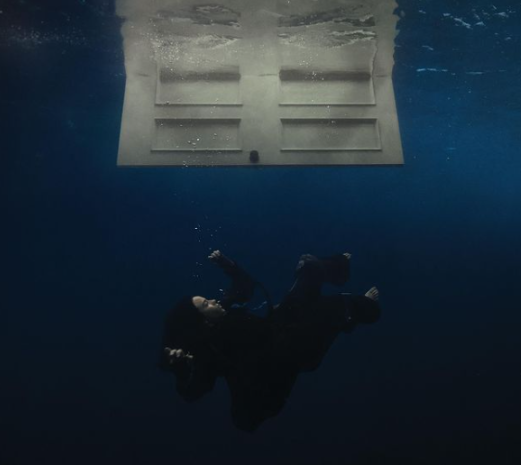Eyjafjallajökull may not seem like a word, but it is the name of the recent volcano that just erupted in Iceland a little over a week ago.
The last time Eyjafjallajökull erupted was over 180 years ago and the eruption lasted two years. The most recent eruption has concerned many scientists, airline travelers and officials in over 20 countries.
According to msnbc.msn.com, some 16,000 flights were cancelled out of the usual 28,000.
The cancellations are due to the massive ash cloud that was and is still enveloping much of Europe. The ash cloud blocks access to the busiest airspace area in the world.
The International Air Transport Association estimated that the airline industry would lose $200 million dollars for everyday they would not have any airplanes in the air.
The monetary damages to the airlines have an eruption to blame, which took place under the glaciers, that caused a reaction between the lava and cool ice. This in turn caused the massive amounts of ash plume.
Although this may seem like a shock to many individuals, for scientists, this is something they had been expecting for a relatively long time.
According to the en.vedur.is, an Icelandic Meteorological Office that constantly monitors volcanic and seismic activity within Iceland, about 250 earthquakes had been recorded in the past two years leading up to the volcanic eruption of Eyjafjallajökull.
The number of earthquakes before the eruption was a mere fraction of the number of earthquakes during the eruption.
According to the Meteorological Institute of Iceland, close to 3,000 earthquakes were recorded at the epicenter inside the volcano during the eruption.
Although the eruption is continuing, most European countries opened their airspace on April 20.







